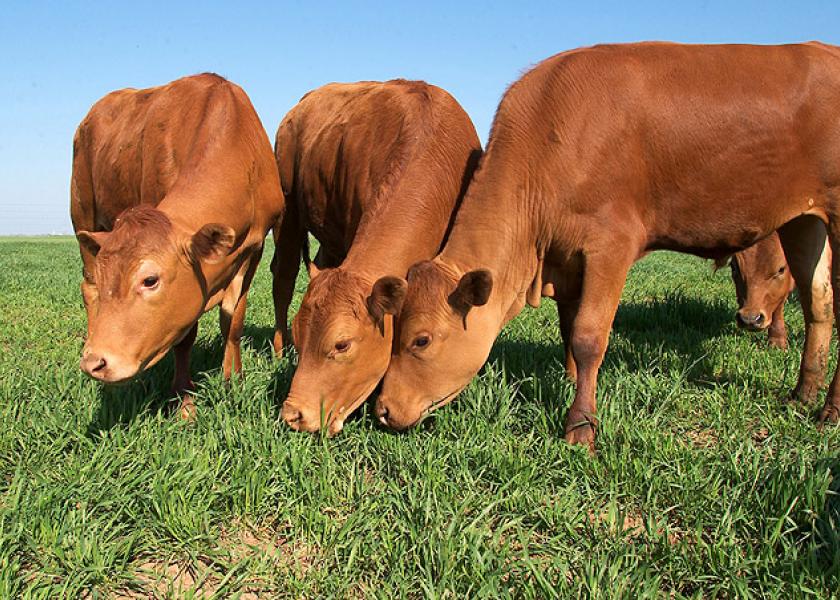Spring Pasture Management for 2015

Managing the forage resource to better manage and extend grazing opportunities.
By: Kevin Gould, Michigan State University Extension
Give or take, spring is “green-up” time for grazing operations. The day the gate opens from the winter drylot is the most enjoyable day for many grazers. This begins the season when the livestock work for the producer instead of the other way around.
Considering current prices for forages and limited forage acres in Michigan, Michigan State University Extension suggests a few management decisions that should be in your grazing plan to better manage and extend your grazing opportunities.
- Manage turn-out around the pasture conditions, not the calendar. The spring of 2015 will require patience as forage growth is about 5-7 days behind schedule. Pasture growth should be 8-10 inches tall when grazing begins.
- Set paddock rotations for a quick rotation across all paddocks. Twenty days is a good goal for the first full rotation. Thirty days is a good average to cover all paddocks for the second and third rotations.
- Consider adding interior fencing and water systems for improved forage management. The optimal time on a paddock for beef operations is three days.
- Till your sacrifice paddocks or wintering lots where sod is destroyed and plant annual forages or cereal grain for grazing later in mid-summer. Consider replanting those areas to fall brassicas or combined cool season annuals for grazing after pastures go dormant, generally in late-October or early November.
- Hay supplies have returned to “normal” carryover levels. This means there will be some opportunity to purchase year-old supplies in some cases at discounted prices compared to the past two years.
- Take soil samples and fertilize as needed to reach forge yield goals. Your land resource is your most important asset in the grazing/forage operations so work to manage and improve productivity from your resource.
- Consider crop residues, either grazed or mechanically harvested, as a portion of your winter forage supply. This will reduce winter hay needs and could possibly maintain or grow your livestock numbers. Ration balancing is recommended when incorporating crop residues into cattle diets.







